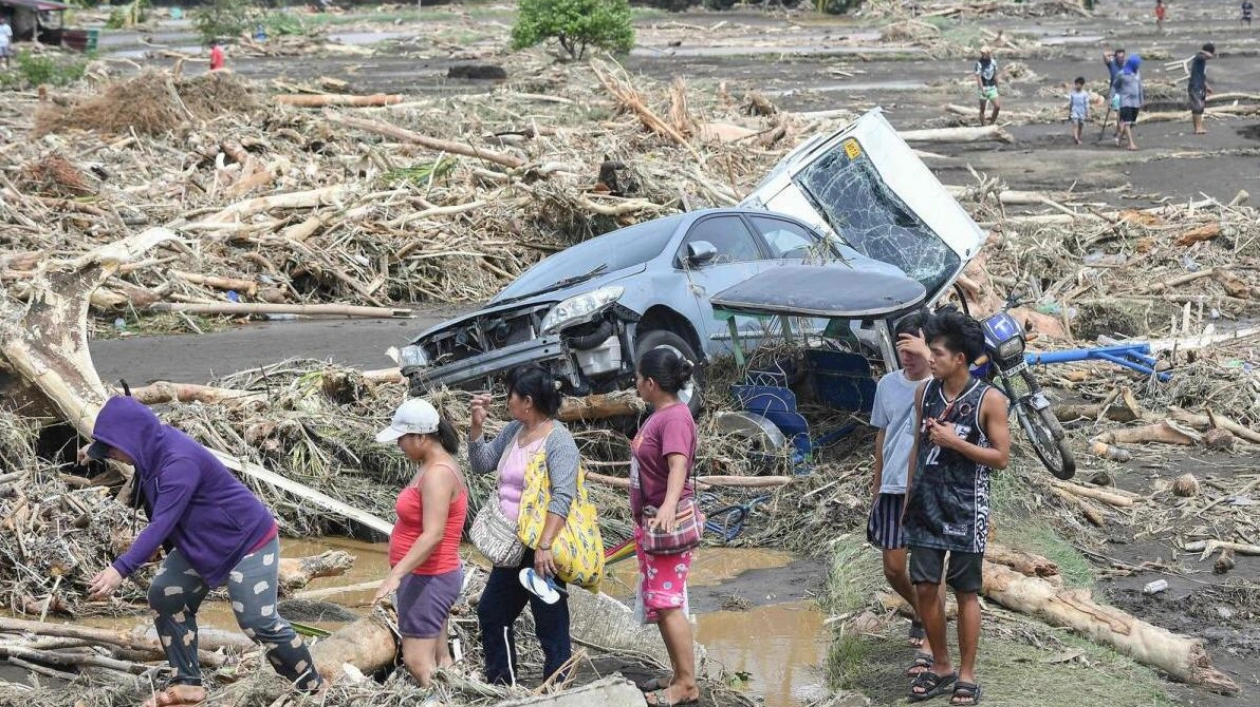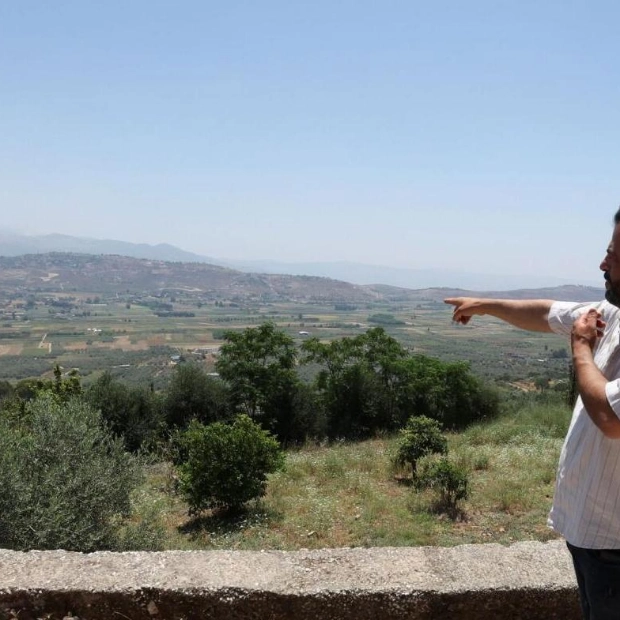People navigate through vehicles displaced by torrential rain caused by Tropical Storm Trami in Laurel, Batangas province, south of Manila, on October 25, 2024. — AFP
Rescuers in the Philippines combed through a lake and isolated villages on Sunday to find dozens of missing individuals as the death toll from Tropical Storm Trami reached 110. Trami struck the Philippines on October 24, compelling over half a million people to evacuate their homes, with at least 42 still unaccounted for post-storm, according to the national disaster agency. The agency reported on Sunday evening that at least 110 fatalities had been confirmed, though no specific provincial breakdown was provided. Trami is the most lethal storm to affect the Southeast Asian nation this year, particularly due to the high number of reported casualties, according to Ariel Nepomuceno from the Office of Civil Defence, which oversees disaster management. Philippine President Ferdinand Marcos assured on Sunday that aid was being mobilized for the residents of Camarines Sur province, situated in the hardest-hit Bicol region. 'By air, land, or sea, we'll keep the support coming. Together, we will rise again,' Marcos stated on his social media platforms. Bicol regional police director Andre Dizon reported 41 deaths, mostly from drowning, with emergency calls continuing to pour in. 'We are still receiving many calls and we are trying to save as many people as we can,' Dizon said, adding that numerous residents across Camarines Sur were still stranded on rooftops and upper floors. In Batangas province, south of Manila, the death toll climbed to 60, according to provincial police chief Jacinto Malinao. Eight additional deaths were recorded in other provinces, bringing the AFP tally to 109, derived from official police and disaster agency data. However, a higher death toll is anticipated in the coming days as rescuers gain access to previously isolated areas, according to Edgar Posadas, spokesperson for the Civil Defence Office. On Taal Lake, the Philippines' third-largest and a tourist spot in Batangas, police, coast guards, and a Marines diving team searched for a family of seven on Sunday. 'The waters from the mountains hit their home in Balete town, causing it to be swept away with them possibly inside,' Malinao explained. Most fatalities in Batangas were due to rain-induced landslides. Over 20 bodies were recovered from mounds of mud, boulders, and fallen trees, while police reported at least a dozen people still missing in the province. 'We will continue searching until all bodies are retrieved,' Malinao affirmed. Approximately 575,000 people were displaced by floods, which inundated hundreds of villages across northern Philippines, according to the national disaster agency. Moving westward, Trami made landfall in central Vietnam on Sunday afternoon, bringing heavy rain and winds of up to 74 kmph, as reported by the country's national disaster authority. It toppled trees and power lines in the coastal city of Da Nang, with state media reporting three deaths before and during the storm's arrival in Quang Nam and Thua Thien Hue provinces. Prior to landfall, authorities had prohibited boats from venturing out to sea, closed four airports, and evacuated around 25,000 people in Danang, Quang Nam, and Quang Ngai provinces. A recent study indicated that storms in the Asia-Pacific region are increasingly forming closer to coastlines, intensifying more rapidly, and persisting longer over land due to climate change.
Source link: https://www.khaleejtimes.com






